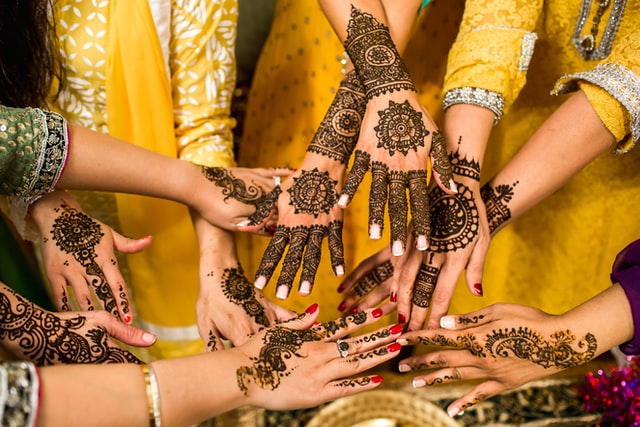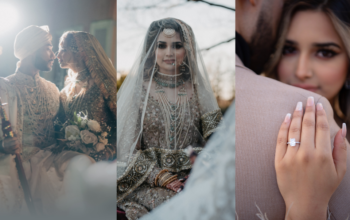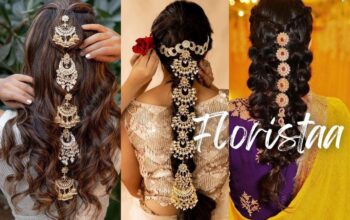Blog – Things That Make Indian Wedding Epic and Delightful.
Weddings in India, especially those hosted in the country itself, are extremely classic, colourful and unique! They’re the most interesting and entertaining event you’ll ever attend. These lavish and large weddings are never one-day affairs. Most weddings in the nation last anything from a few days to a week to ten days, depending on the style of wedding and all the associated activities. One of the most striking features of Indian weddings is that they are long, joyous events filled with festivities. While Indian society embraces a variety of religions, including Catholicism, Buddhism, Islam, and others, Hinduism appears to be the religion that shines brightest in the wedding scene. It’s easy to understand why.
A Hindu wedding’s plethora of traditional and exquisite rituals not only bring the bride and groom’s families closer together but also assures that no one leaves the celebrations without having a wonderful time. Because many Hindu rituals have been incorporated into Indian society, even individuals who do not practice Hinduism will take advantage of the chance to steal parts of the festivities and include them in their special day. There are a variety of characteristics and specializations that make an Indian wedding the most popular event to enjoy with loved ones.
Indian Wedding: Carnival of Entertaining Functions
Traditional Indian wedding is a mélange of joyful, spiritual, entertaining and captivating ceremonies. All the colours, glamour, music, cuisines, and clothing contribute to making them memorable events. Engagement, Mehendi event, Haldi ceremony, Sangeet, wedding ceremony, and reception are some of the most popular wedding-related functions that you will find in Indian weddings of all religions.


Decor – The Center of Attraction
When it comes to making the bride and groom’s day memorable, weddings are all about the details. Hindu weddings are no exception, with extravagant decorations adorning the venue from the floor to the rafters. Floral decorations, elegant furniture, sculptures of revered deities, candles, chandeliers, vivid materials, and more are commonly used in the decor. While the goal is to make the whole wedding venue extravagant, there will be one section in particular that will receive a lot of attention. The Mandap (or altar) is the major focal point of the wedding ceremony, and it is where the couple will conduct their wedding vows.

The Indian Wedding Rituals
Most Indian marriages place a high value on tradition and rituals, with occasional variations from one family to the next. Different religions have different wedding rituals. Weddings are like stepping stones leading to a goal. Realizing and understanding what these festive traditions stand for really adds to the delight of experiencing them.

The Significance Of Attires
At an Indian wedding, clothing and jewellery have great significance. Colors like red, orange, saffron, crimson, gold, pink, yellow, green, sapphire, mustard and others are luxurious and auspicious choices for an Indian wedding. The bride is traditionally dressed in red color to spread the color and brilliance of love, passion, and piety. Indian wedding attires are made with complex designs and fabrics such as satin, silk, or chiffon. These variations add to the richness and elegance of Indian heritage. Intricate zari, mirror work, cutwork, Kundan work, beadwork, pearl work, sequins, zardosi, Kasab, etc. can be seen on Indian wedding outfits. Indian brides wear a lot of jewellery. Heavy necklaces, dozens of bangles, earrings, headpieces, finger and toe rings, nose rings called Nath, belts called Kamarbandh, and even more may be seen on them! The groom’s clothing is ornamented with a Kalgi and brooch, which represents respect.







